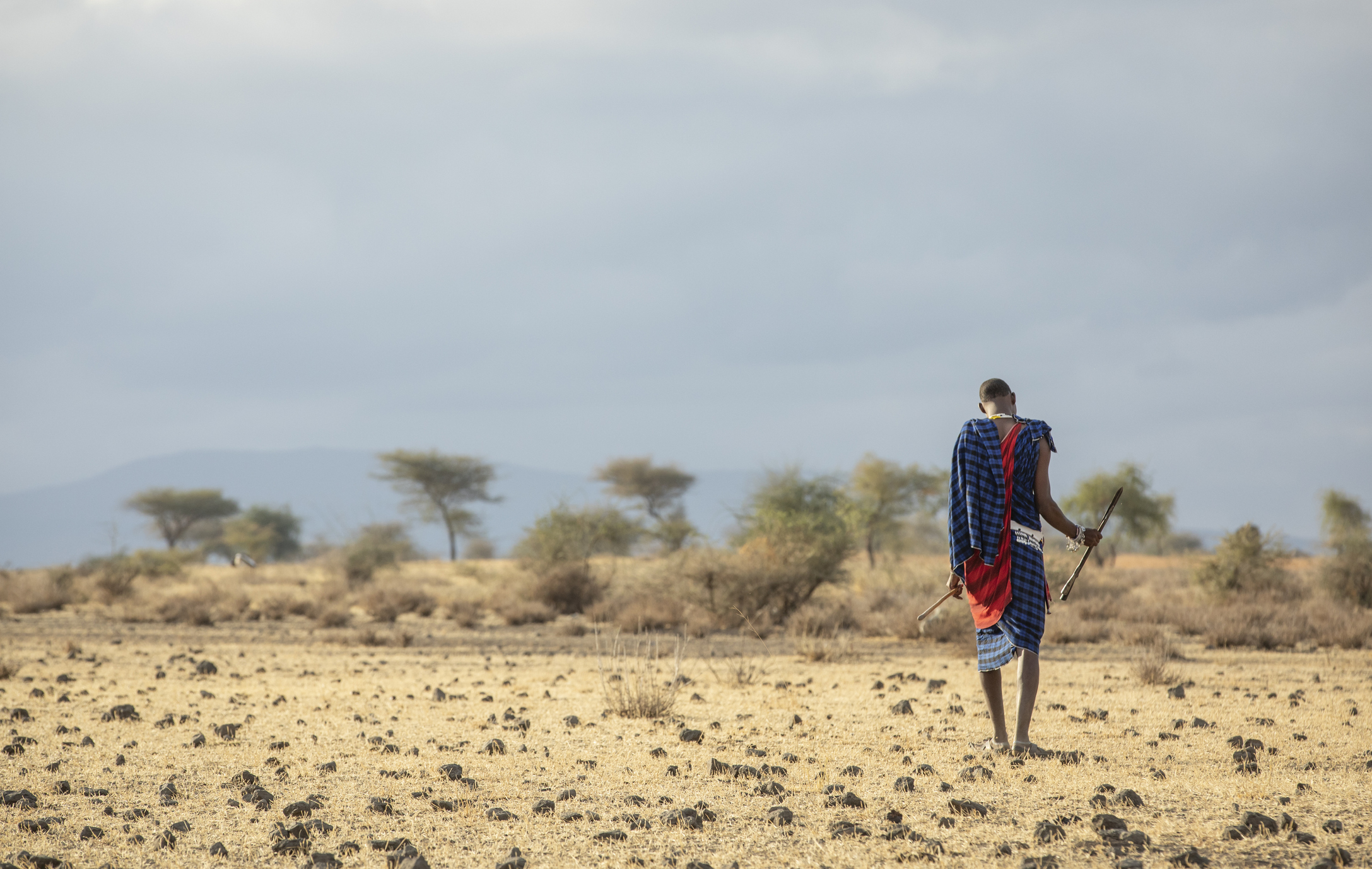
Many development and climate resilience interventions promote small water infrastructures (SWIs), such as deep wells and boreholes, to combat drought in Africa. While SWIs can help overcome water shortages in the short term, they can also erode traditional adaptation practices and limit long-term resilience of pastoral communities.
Introducing numerous SWIs can change livelihood strategies, anchoring local communities to the proximity of SWI, whereas maintaining mobility is fundamental for pastoralists to cope with drought conditions and for fostering long-term resilience.
One technical solution to avoid creating dependency on SWIs is to support the construction of distributed and temporary water harvesting points along traditional transhumance routes to prolong water availability during the dry season. Many traditional and innovative water harvesting structures, such as sand dams, subsurface dams and ponds, also help increase soil moisture retention, with positive effects on local vegetation and shallow aquifers. This would also reduce the pressure on groundwater resources, which are expected to be increasingly depleted by future irrigation expansion and relieve competition between pastoral and agricultural practices.